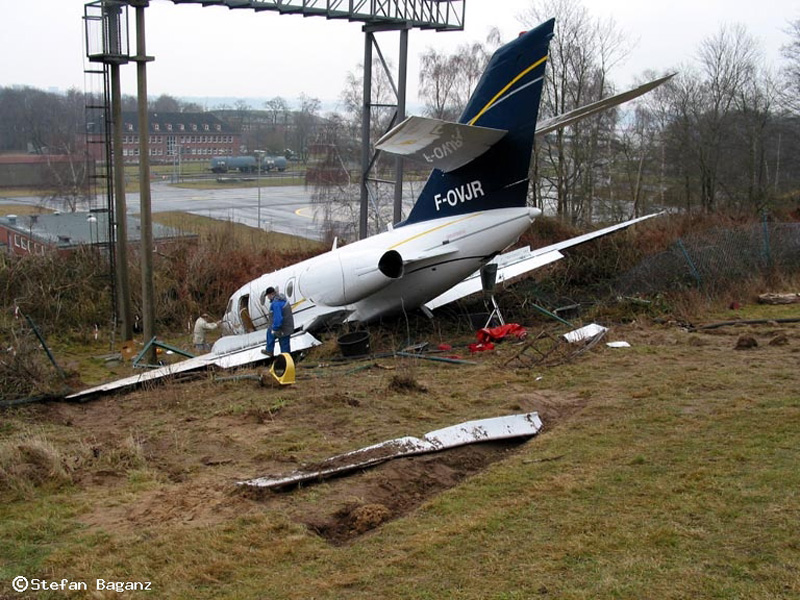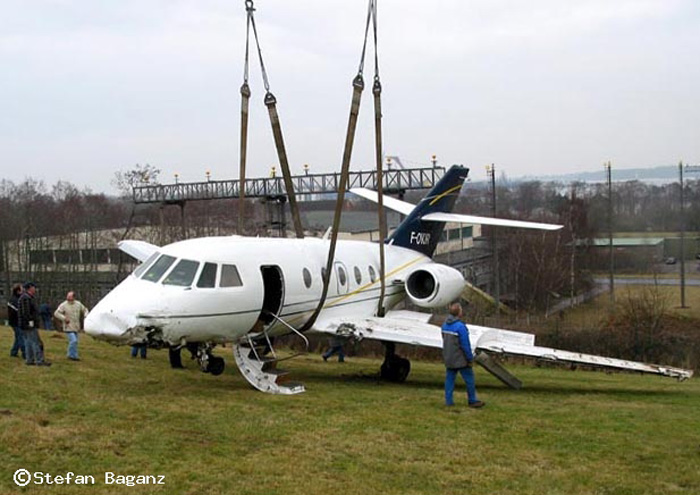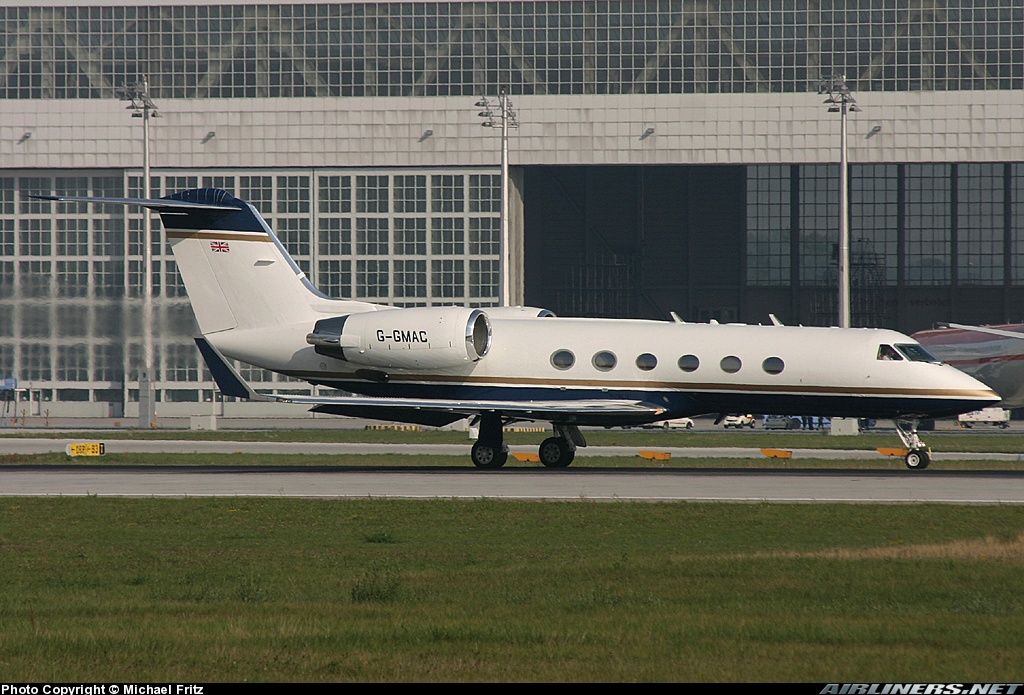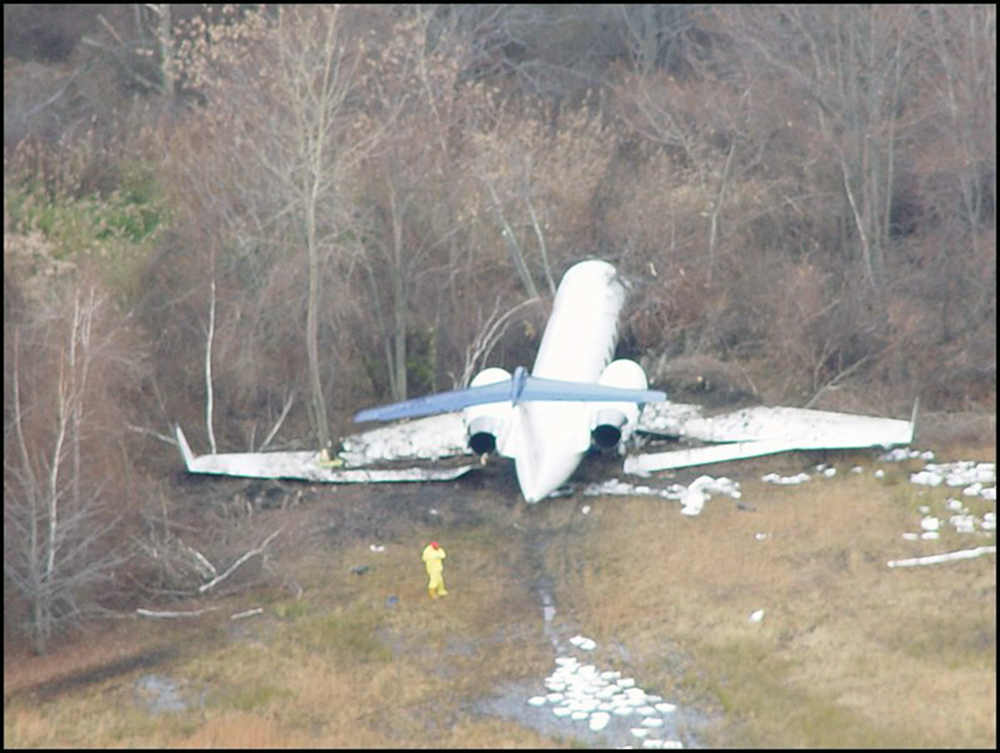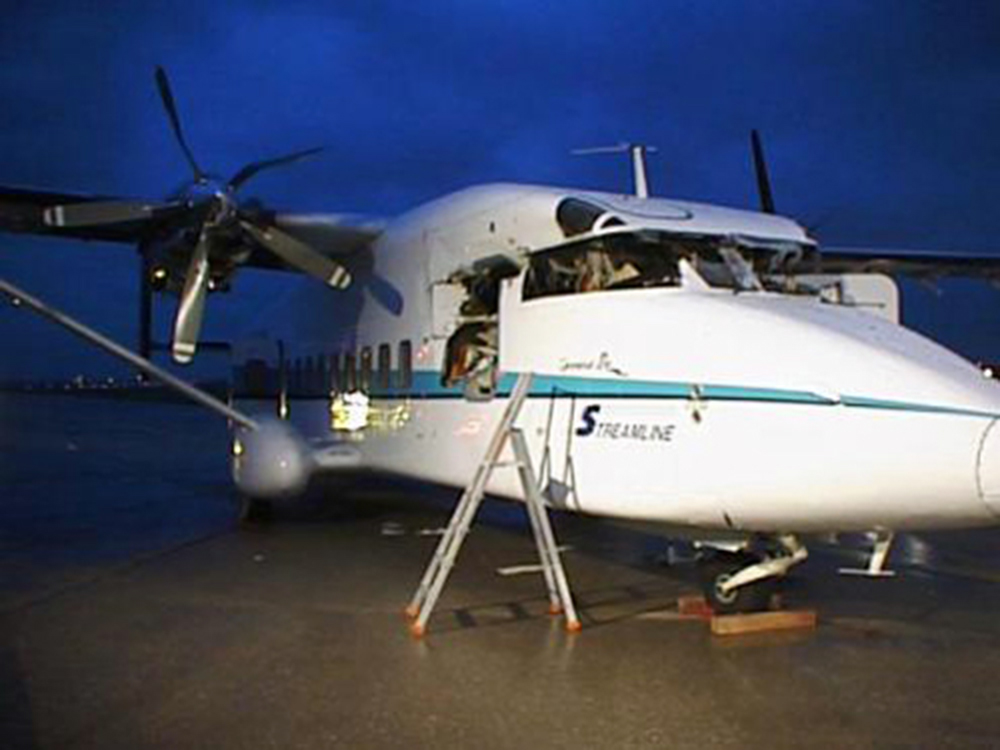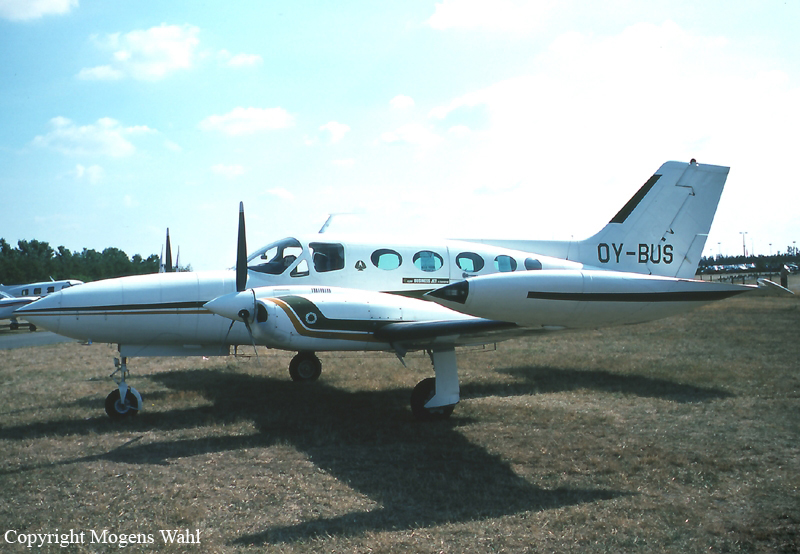Crash of a Dassault Falcon 20C-5 in Kiel
Date & Time:
Feb 15, 2006 at 1945 LT
Registration:
F-OVJR
Survivors:
Yes
Schedule:
Moscow - Luton
MSN:
180
YOM:
1969
Crew on board:
3
Crew fatalities:
Pax on board:
3
Pax fatalities:
Other fatalities:
Total fatalities:
0
Aircraft flight hours:
10413
Circumstances:
En route from Moscow-Domodedovo to Luton, while cruising over Germany, the crew declared an emergency following smoke spreading in the cabin and the cockpit. The crew was cleared to divert to Kiel-Holtenau Airport. After landing by night on runway 26 which is 1,265 metres long, the aircraft was unable to stop within the remaining distance. It overran and came to rest in a ravine. All 6 occupants escaped uninjured while the aircraft was damaged beyond repair.
Probable cause:
It was determined that the flight attendant inadvertently set off a smoke canister intended for emergencies, causing smoke to spread in the the cabin. The crew was forced to divert to the nearest airport for an emergency landing. The following contributing factors were identified:
- The pilots failed to use the reverse thrust systems and the braking parachute after landing,
- Improper storage of emergency smoke canister in the cabin,
- Poor crew training related to the emergency equipment.
- The pilots failed to use the reverse thrust systems and the braking parachute after landing,
- Improper storage of emergency smoke canister in the cabin,
- Poor crew training related to the emergency equipment.
